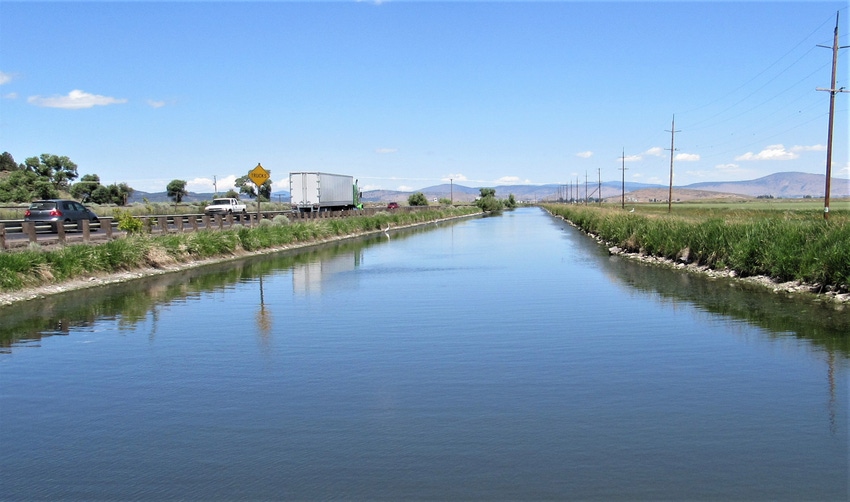July 30, 2020

The U.S. Bureau of Reclamation has announced it will invest $1.2 million toward new scientific studies for the Klamath Basin that area lawmakers say will bring "new science" to the embattled region straddling the Oregon-California state line.
This announcement comes less than a month after Interior Secretary David Bernhardt and Commissioner of Reclamation Brenda Burman toured the basin and met with farmers, tribal members and others affected by the region's water shortages.
"The Klamath Basin will benefit greatly from the Bureau of Reclamation’s investment in new science for the Klamath Project," said U.S. Rep. Greg Walden, R-Ore., whose district includes part of the basin. "I am grateful that Secretary Bernhardt, who recently visited the basin, continues to look out for the farmers, ranchers, tribes, and the surrounding community of the basin.
"This new funding will support science-based initiatives that will help get us closer to finding a solution for the basin that benefits the farmers, fish, and tribes," Walden said. "I look forward to continuing to work with Secretary Bernhardt and the Trump Administration on finding a solution to the decades old Klamath Basin Water Crisis and I applaud their steadfast commitment to this issue."
According to Walden and Rep. Doug LaMalfa, R-Calif., the funding will support the following four science initiatives:
New Naturalized Flow Study. Update a 20-year-old assessment of stream flows to address shortcomings identified in review of the National Academies of Science 2004 and 2007 studies, as well as incorporating more recent data.
Flow/Habitat Relationships in the Klamath River. Evaluate contemporary methods of data collection and habitat modeling techniques to tailor a plan to better support habitat and water flow needs of endangered juvenile Chinook and Coho salmon in the Klamath River.
Salmon Model Refinement. Refine a salmon survival model in partnership with the United States Geological Survey and U.S. Fish and Wildlife Service that will update the Stream Salmonid Simulator model, that is used to estimate juvenile salmon survival during their migration to the sea.
Salmon Disease and Hydrology Data Portal. Develop a data management process that will improve biologic data management on salmon disease in the Klamath Basin. This improved data management will allow Reclamation experts to be more effective in data analysis and responsive to requests for water supply forecasting, operations planning and hydrologic modeling.
“Secretary Bernhardt and Commissioner Burman’s visit to the Klamath Basin earlier this month gave them the opportunity to see just how harmful the bad science has been to the irrigators," Northern California's LaMalfa said. "For years, farmers and ranchers in the Basin have competed with salmon and suckerfish for a full water allocation – and this year’s battle was the final straw. This commitment to accurate, new science in the Basin will provide relief to the farmers, irrigators, and dwindling fish populations that have suffered for far too long.”
The Bureau of Reclamation recently backpedaled on a plan to further slash water deliveries to basin farmers this summer, as the agency stuck with an initial allocation of 140,000 acre-feet. Drought conditions prompted the allotment, which is only 40 percent of what farms receive in a normal year.
About the Author(s)
You May Also Like




